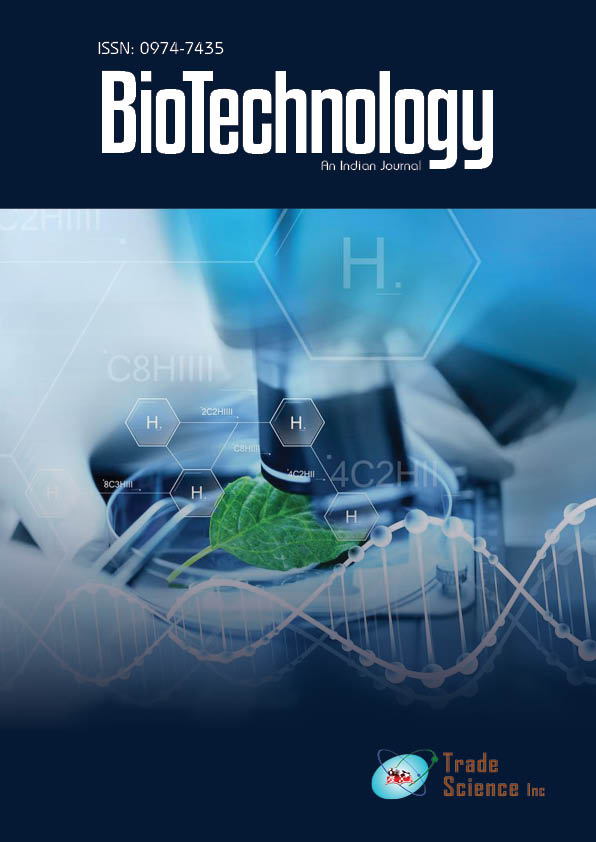சுருக்கம்
Effect of Heavy Metals (Cu2+, Ni2+, Pb2+) on Biosorption of Basic Blue 41 Onto Dead Streptomyces Rimosus
Yeddou-Mezenner N and Atmani F
This study explored the feasibility of using dead Streptomyces Rimosus as biosorbent for the removal of Basic Blue 41 under different experimental conditions. The effect of various factors, such as, initial substrate concentration, solution pH and co-existing heavy metals (Cu2+, Ni2+, Pb2+), on the biosorption of BB41 was investigated. Equilibrium occurred within about 30min. The Langmuir and Freundlich models were used to describe the isotherm data; of which the Freundlich model described the isotherm data with high correlation coefficient (r2>0, 98). The maximum monolayer biosorption capacity of biosorbent material was found as 68.02mg/g.Also, it was observed that the intra-particle diffusion was not the only rate controlling step. The adsorption mechanism may be partly a result of the ion exchange or complexation between the dye ions and function groups on dead biomass surface. Finally the proposed biosorbent was successfully used for the decolorization of BB41 in presence of Heavy metals. It was determined that dead Streptomyces Rimosus show better biosorption performance towards Basic blue 41 in binary adsorption systems at higher pH. The addition of Copper, Lead and Nickel caused a 7.8 %, 4.7% and 1.6% increase in BB41 biosorption, respectively. The effect of the presence of single metal ion concentration on the biosorption of biomass was investigated at an initial pH value of 8.5. The rate of kinetic processes of single and binary systems onto dead Streptomyces Rimosus was described by using three kinetics adsorption models: the pseudo-first order, pseudo-second order and intra particle diffusion. The pseudo-second-order model was the best choice among the kinetic models to describe the biosorption behaviour of single and binary system onto dead Streptomyces Rimosus.
